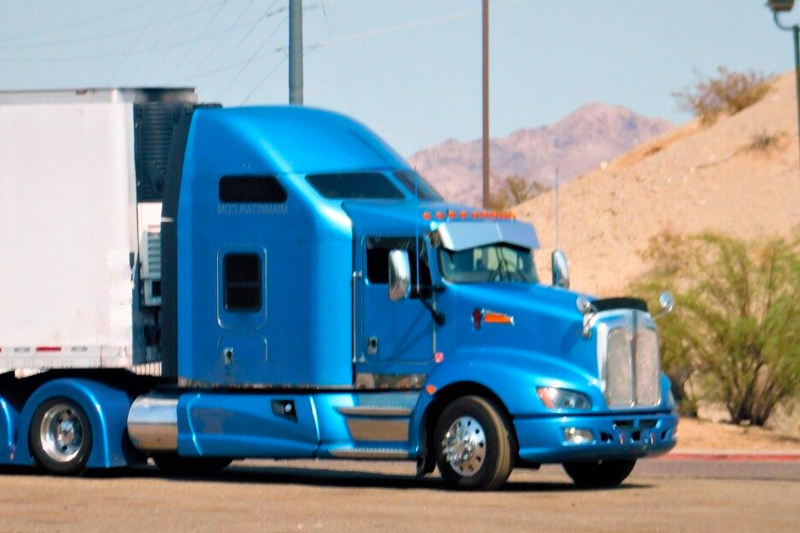Diesel particulate filters (DPFs) have been the industry standard since 2007, being fitted on any truck produced since then, and retrofitted on many of them that were manufactured prior. DPFs are an important but often overlooked component of truck maintenance, but keeping it clean can improve fuel economy and boost engine performance in the long run.
What do DPFs do?
A DPF is fitted into the exhaust system to capture particulate matter such as soot and ash, which are by-products of combustion engines. They can help reduce toxic emissions by 85% by trapping them behind its filter, significantly mitigating the emission of large airborne particulates (often seen as thick black smoke when trucks accelerate). These have since become industry standard in order to meet 2007 EPA guidelines.
Why DPF maintenance is essential?
Regular maintenance according to your engine manufacturer guidelines is important and can save you a lot of money down the line, as replacement DPFs can run from $2000-8,000 when out of warranty. Fuel economy is also impacted by DPFs as a clogged filter can result in back pressure into the truck’s engine. This same back pressure impacts engine performance as well, increasing the overall cost of ownership by way of lower fuel economy and more frequent garage visits.
How to clean DPFs
There are two primary ways in which DPFs are maintained. Regens and cleanings. Filter regeneration occurs passively for the most part, as the engine heats the filter and combusts any remaining soot stuck to the filter into carbon dioxide, which then is able to pass through the DPF and out into the air. When there is a serious build-up, a forced regen might be necessary, which requires the driver to pull over or bring it to a garage or servicer to run a forced regen cycle which can’t be done while driving.
Not to be confused with regen, a DPF cleaning is also part of a truck’s regular maintenance. When looking at the filter, one might be tempted to simply pressure wash or use compressed air to blow away the ash caked onto it. But this could cause major damage by introducing foreign particles and contaminants into a highly sensitive piece of equipment. DPF cleanings must be done by professionals with the right equipment in order to ensure proper cleaning and inspection.
All DPFs eventually clog and as with any vehicle part exposed to high heat, the elements and pollutants, they will eventually fail. The key to reducing maintenance costs and vehicle downtime is to be on top of regular maintenance schedules to ensure it’s running smoothly and efficiently.
By Joshua Jung


